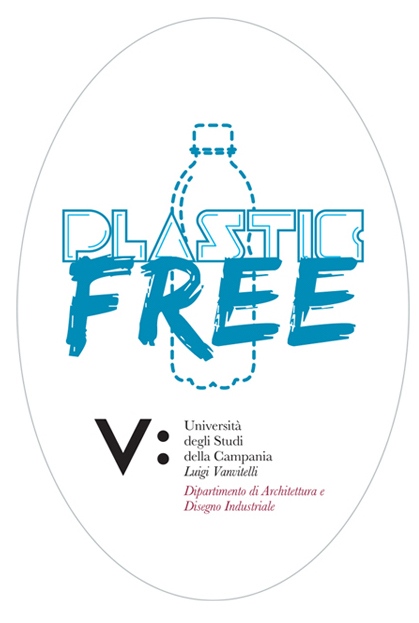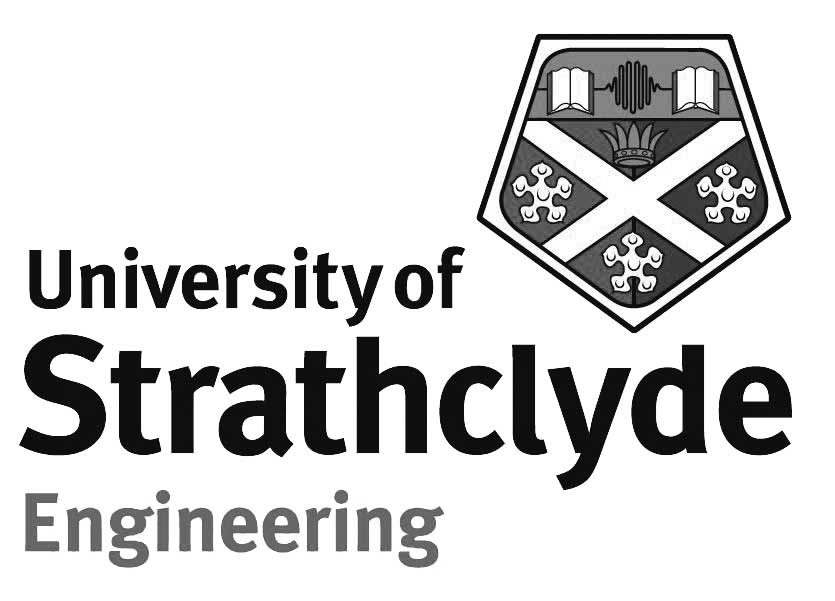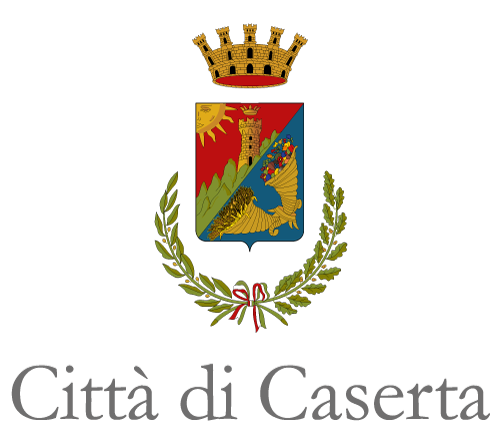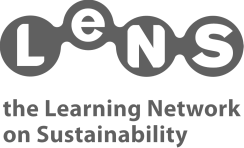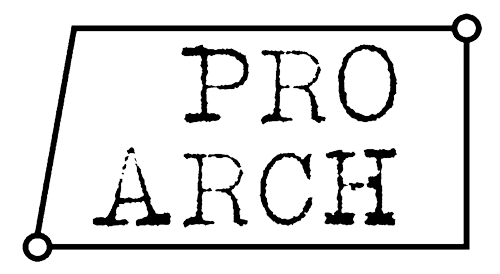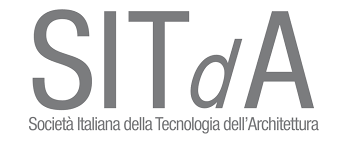Recommendations and article length
Bal only accepts articles written in English, with a minimum length of 6,000 characters including spaces and a maximum length of 10,000.
As part of the submission process, authors are required to check their submission for compliance with all the following, and submissions may be returned to authors who do not adhere to these guidelines.
The submitted contribution must not have been previously published or considered by another journal (or an explanation has been provided in comments to the editor).
The text complies with the requirements outlined in the Editorial Guidelines.
Text drafting
Each extended abstract must comply with the following:
- Title (max. 100 characters, including spaces)
- Abstract in English (max. 1000 characters, including spaces, 10 pt Arial font, italics)
- Keywords (5 keywords in English separated by commas)
- Main body of the text (min. 6,000 max. 10,000 characters including spaces)
- Paragraph headings (max. 90 characters, included in main body of text)
- Footnotes: it is not possible to insert footnotes to the text
- Original language references in alphabetical order at the end of the text (minimum 5 references)
- Images (max 3 images or combined image blocks, placed at the top of the page, .jpeg 300 dpi and a base size of 16 cm
- Image captions (max 600 characters, with references included in the main body of the text)
- Document weight must be less than 10MB
Submission Requirements
Submissions must be made on the BAL22 website.
Each extended abstract must be saved and submitted in anonymous .pdf format, and be less than 10MB in weight, through your personal area.
The document file will be titled “Topic_four-digit personal code”, example: “T1_8346”.
You can choose your four-digit personal code freely.
Italic font style
Italics should be used throughout the manuscript for the following:
- Highlighting a term or expression.
- The name or title of a specific work, product, or design project.
- Foreign language terms.
- Cite the title of a book or magazine.
- Title of exhibitions and events.
Graphic additions (photographs, illustrations, charts, tables)
Article texts may be accompanied by up to 3 images and 3 tables.
Images, photographs, drawings, graphic schemes, should be numbered progressively, in square brackets: [fig. 1], [fig. 2].
Tables files must be numbered progressively with Roman numerals and enclosed in square brackets: [tab. I], [tab. II].
Images/tables must be in JPG format and their resolution must be 300 dpi.
Captions must not exceed 600 characters, including spaces, per image.
Figure captions must be in Arial 9 pt font, and comply with the following::
- Description and credits (Author/designer, Name of project, event, environment, product, etc., Producer (if applicable), Acknowledgements/Courtesy/Copyright) and year.
- Images should always be placed at the top and not in the text.
- References to figures and tables should be cited in the text.
- Image captions should be placed below the images.
- Table captions should be placed above the tables.
Style of bibliographic references and citations
Citation style, references, bibliography, and citation arrangement should follow and be organized according to APA Style 7th, which can be found at www.apastyle.org.
The basis of an in-text reference in APA includes the author(s) and year of publication and uses brackets. Example: (Smith & Bruce, 2018).
If referencing a work in its entirety, or an idea contained in another work without directly citing the material, only the author and year of publication of the work should be indicated in the body of the text. Example: (Leskowitz, 2017) or Leskowitz (2017).
Citations outside the body of the text, only those exceeding 5 lines, should be placed in quotation marks, in 9 pt body and single spacing, with 1 cm left and right margin.
Short quotations (up to 40 words) within the text must be marked with double quotation marks. Reference to the page number should always be placed in parentheses at the end of the quotation and before the punctuation mark.
The page should be indicated by the abbreviation p. (not pg, pg, etc.). Example: Webber (2018) concludes that “Addressing the problem […] mental health and corrections” (p. 82), or “Addressing the problem […] mental health and corrections” (Webber, 2018, p. 82).
Bibliographic References
Bibliographic references should be listed at the end of the text, in APA Style 7°, including all sources cited in the body of the text, in alphabetical order, font 10, and single-spaced. Just as each source cited in the body of the text must appear in the final bibliography.
Example of a journal article:
Grady, J.S., Her, M., Moreno, G., Perez, C., & Yelinek, J. (2019). Emotions in storybooks: A comparison of storybooks that represent ethnic and racial groups in the United States. Psychology of Popular Media Culture, 8(3), 207-217. https://doi.org/10.1037/ppm0000185.
Example monographs:
Jackson, L.M. (2019). The psychology of prejudice: from attitudes to social action (2nd ed.). American Psychological Association. https://doi.org/10.1037/0000168-000.
Sample article in volume:
Aron, L., Botella, M., & Lubart, T. (2019). Culinary arts: Talent and their development. In R.F. Subotnik, P. Olszewski-Kubilius, & F. C. Worrell (eds.), The psychology of high performance: Developing human potential into domain-specific talent (pp. 345-359). American Psychological Association. https://doi.org/10.1037/0000120-016

